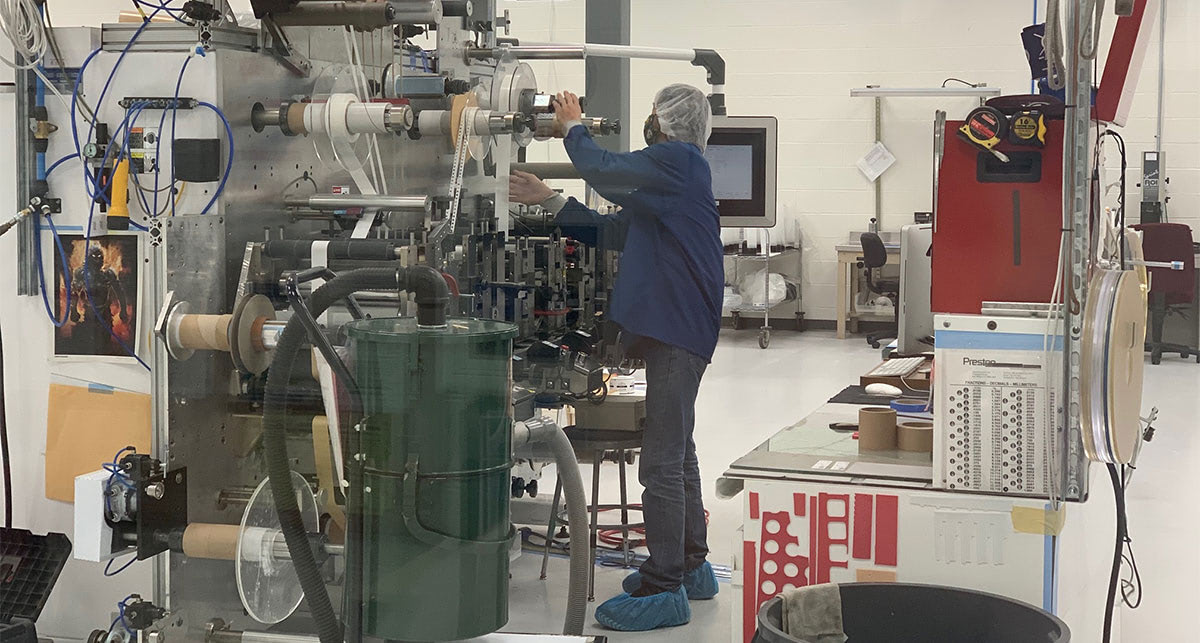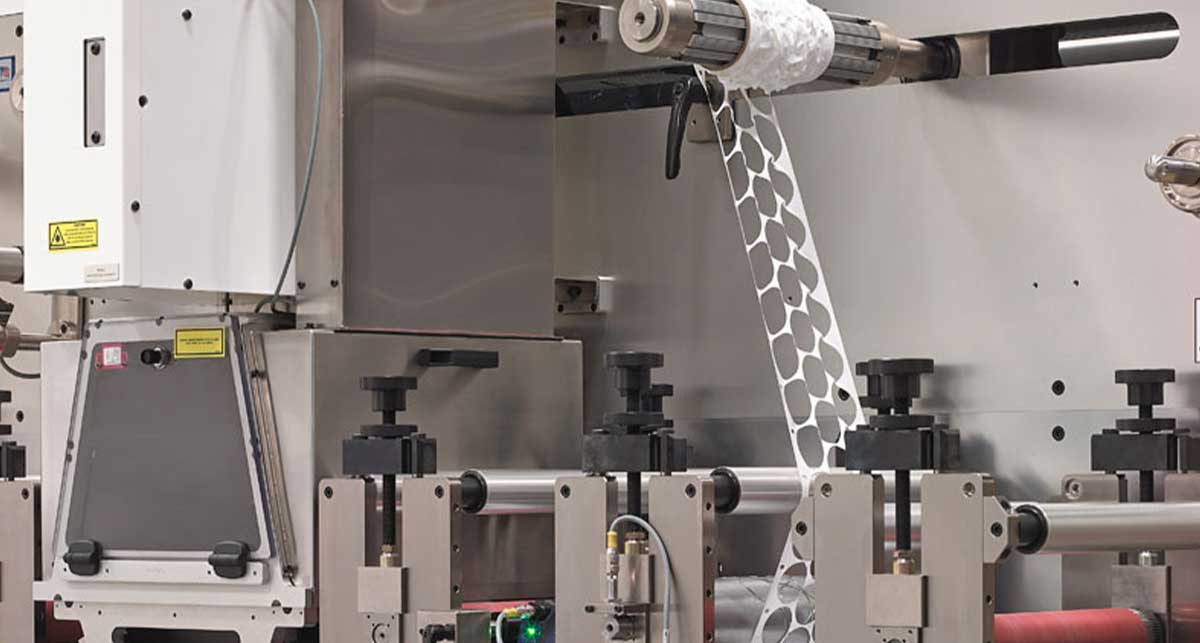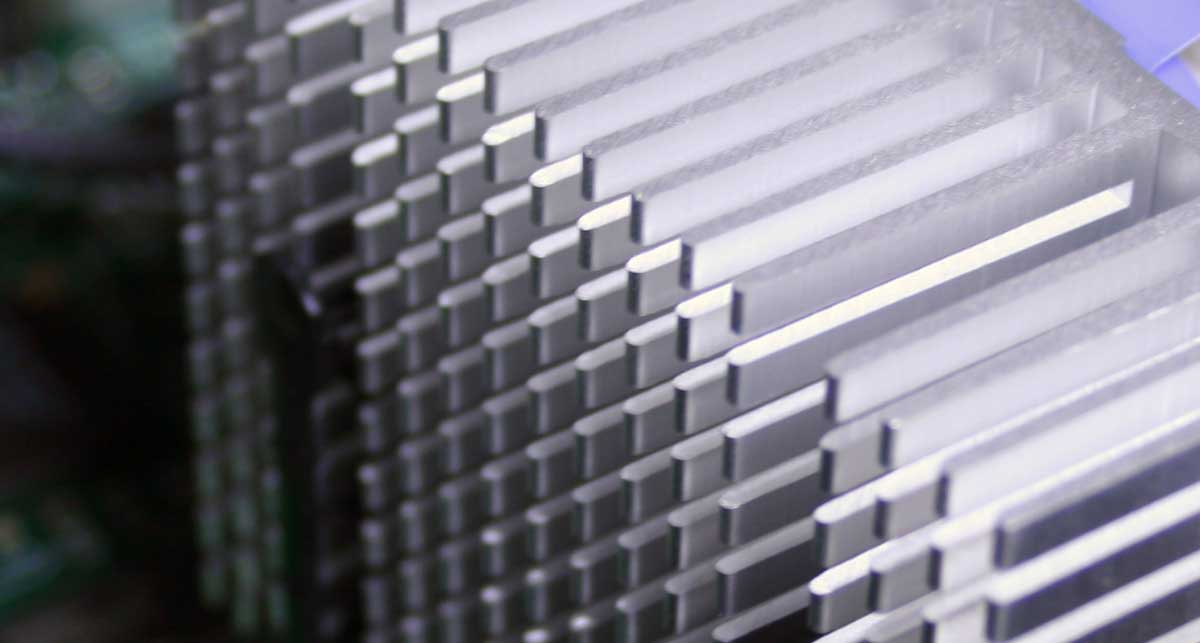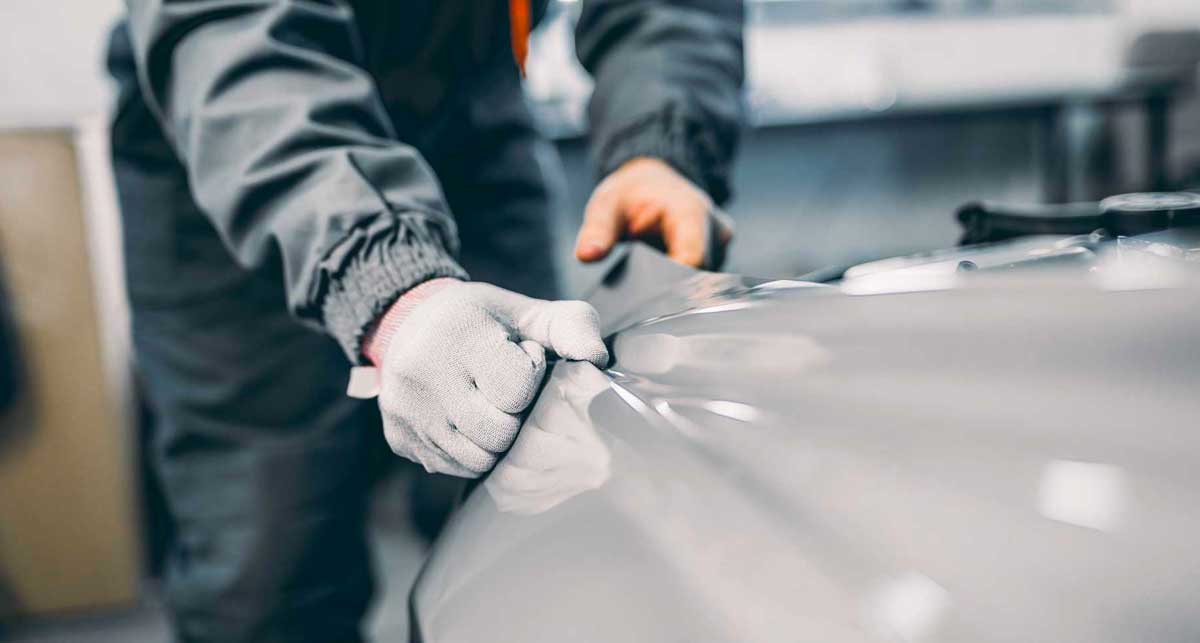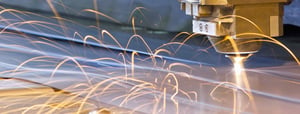Building a Microfluidics Device For Medicine: Diagnostics
It’s been said that the definition of insanity is trying the same thing repeatedly while ...
Adhesive Materials For Microfluidic Device Fabrication
Like millions of other people, you may own a medical device to monitor your health. Yet, ...
4 Key Materials When Building Microfluidic Devices
What are the safest materials for constructing tiny devices to transport and protect ...
Beginner’s Guide To Microfluidic Applications
Towering redwoods. Majestic mountain peaks. Complex cloud formations. As we take moments ...
Microfluidics Manufacturing: Converting Materials for Multilayer Microfluidics Devices
Microfluidic technology involves moving tiny amounts of liquids to perform various ...
